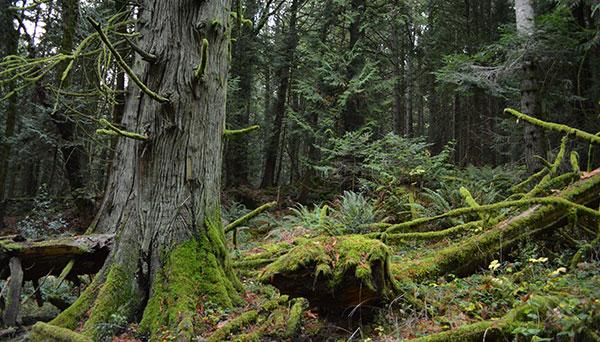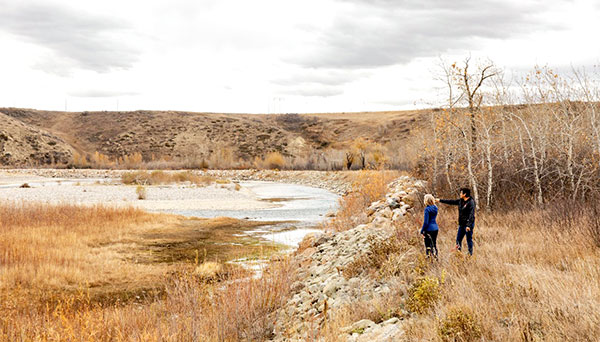Quantifying Carbon Sources and Storage
Carbon is one of the most important elements on earth and plays a major role in climate change. To help inform carbon accounting and the use of nature-based approaches to climate regulation, we support scientific research for quantifying greenhouse gas emissions and for understanding carbon dynamics in natural systems.
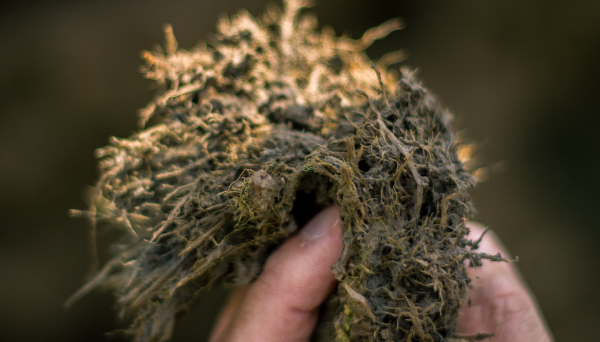
Tools and Resources
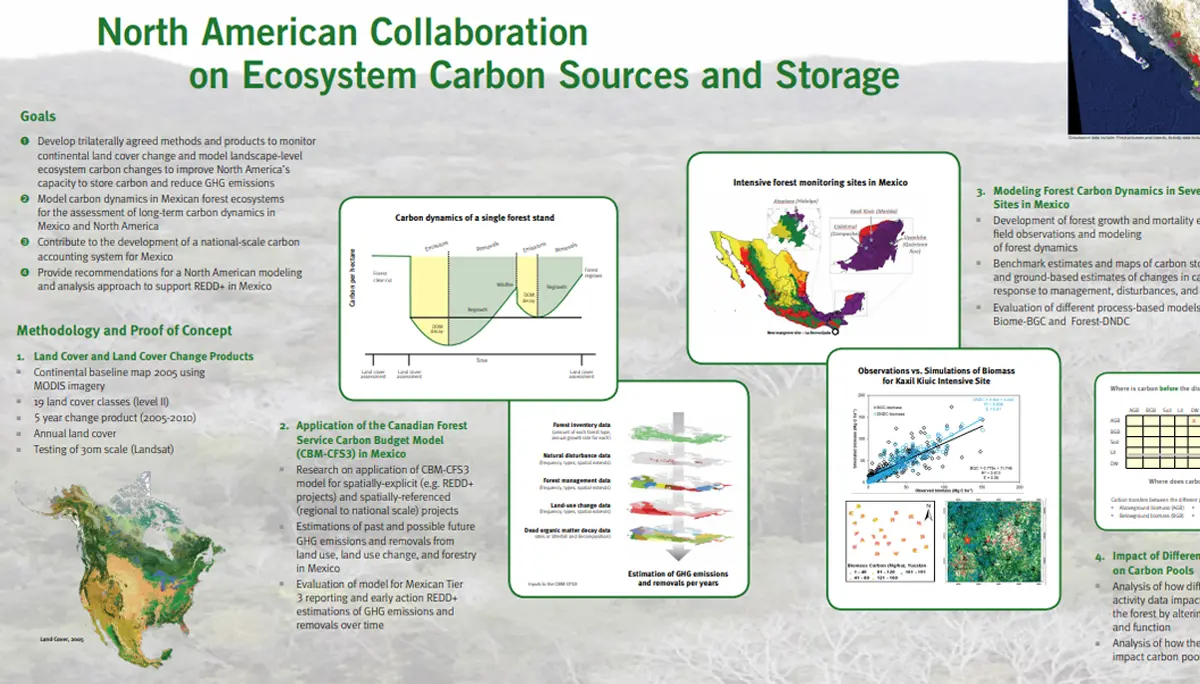
North American Collaboration on Ecosystem Carbon Sources and Storage
Trilaterally agreed methods and products to monitor continental land cover change and model landscape-level ecosystem carbon changes to improve North America’s capacity to store carbon and reduce GHG emissions
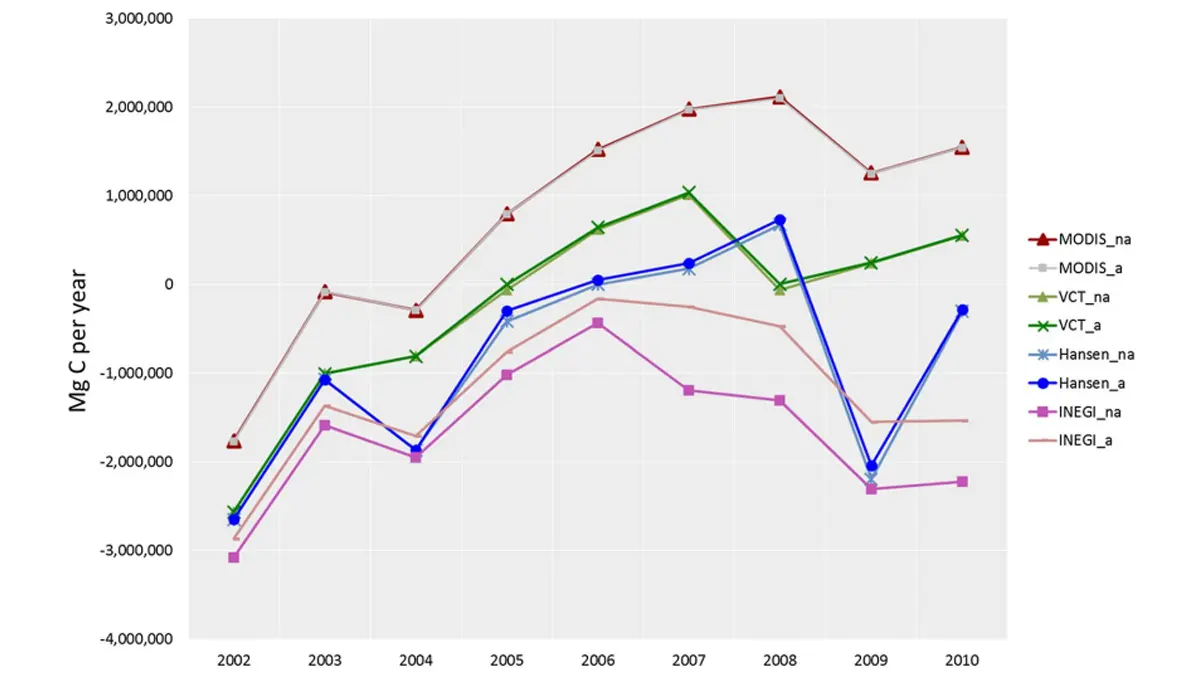
Choice of Satellite Imagery and Attribution of Changes to Disturbance Type Strongly Affects Forest Carbon Balance Estimates
Remote sensing products can provide regular and consistent observations of the Earth´s surface to monitor and understand the condition and change of forest ecosystems...
Publications
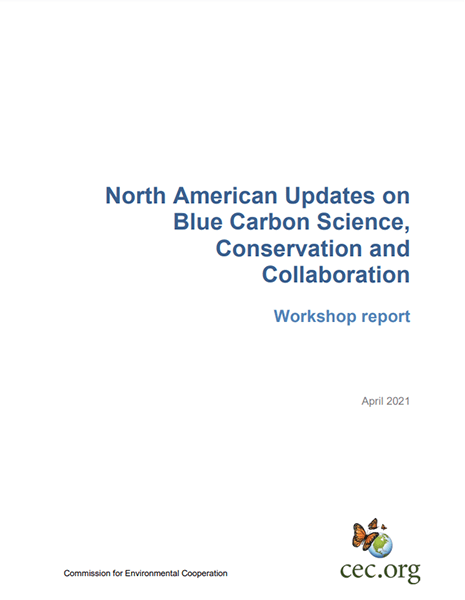
24 pages June 4, 2021
North American Updates on Blue Carbon Science, Conservation and Collaboration
In 2020, the Commission for Environmental Cooperation (CEC) organized a series of activities on blue...
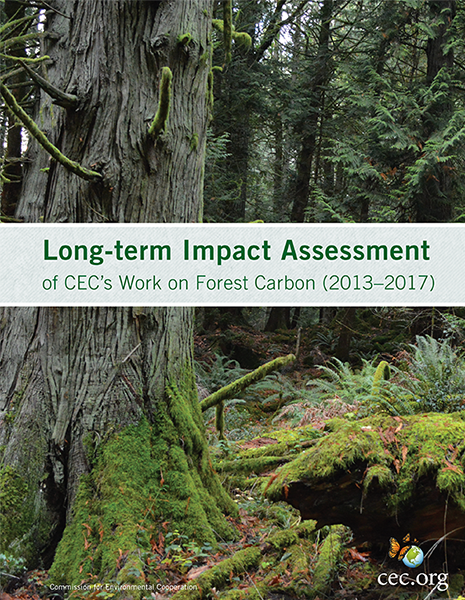
4 pages January 6, 2021
Long-term Impact Assessment of CEC’s Work on Forest Carbon (2013–2017)
The forests of North America play an important role in the global greenhouse gas balance...
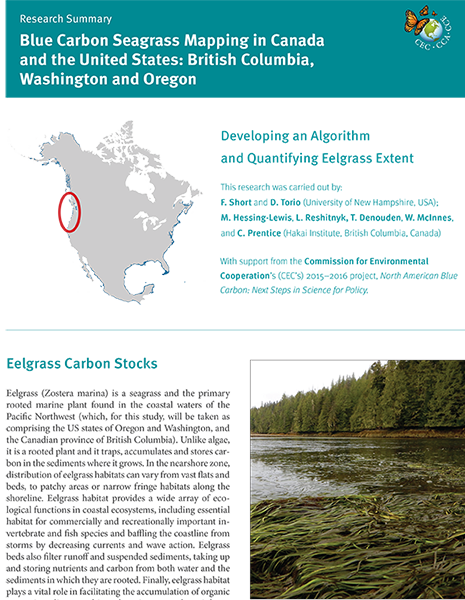
8 pages August 7, 2017
Blue Carbon Seagrass Mapping in Canada and the United States: British Columbia, Washington and Oregon
Eelgrass (Zostera marina) is a seagrass and the primary rooted marine plant found in the...
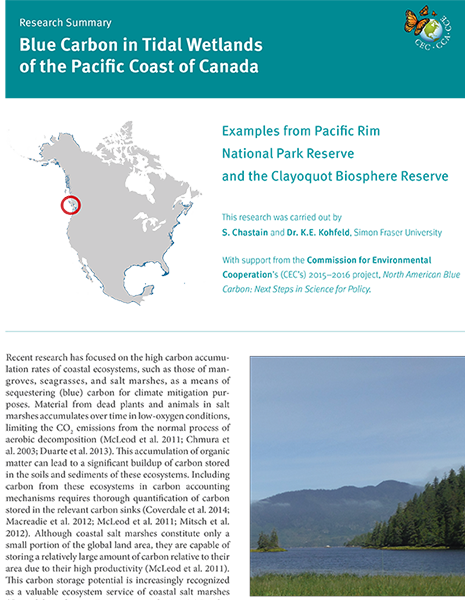
8 pages August 7, 2017
Blue Carbon in Tidal Wetlands of the Pacific Coast of Canada:
Recent research has focused on the high carbon accumulation rates of coastal ecosystems, such as...
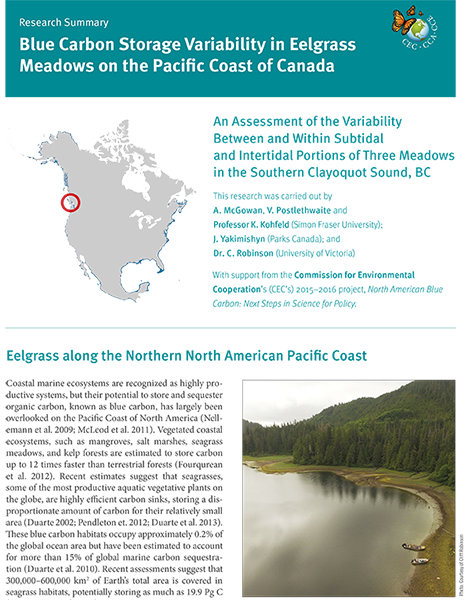
8 pages August 7, 2017
Blue Carbon Storage Variability in Eelgrass Meadows on the Pacific Coast of Canada
Coastal marine ecosystems are recognized as highly productive systems, but their potential to store and...
Projects
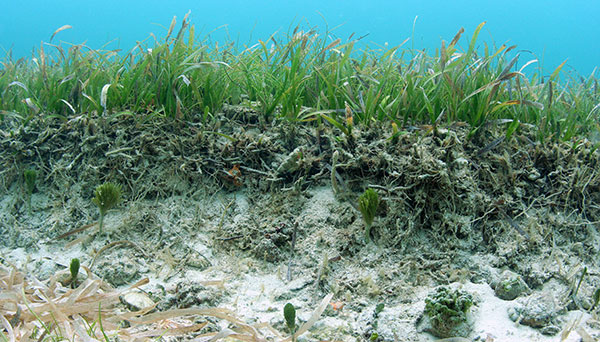
2015 - 2016 Completed
North American Blue Carbon: Next Steps in Science for Policy
Grants

